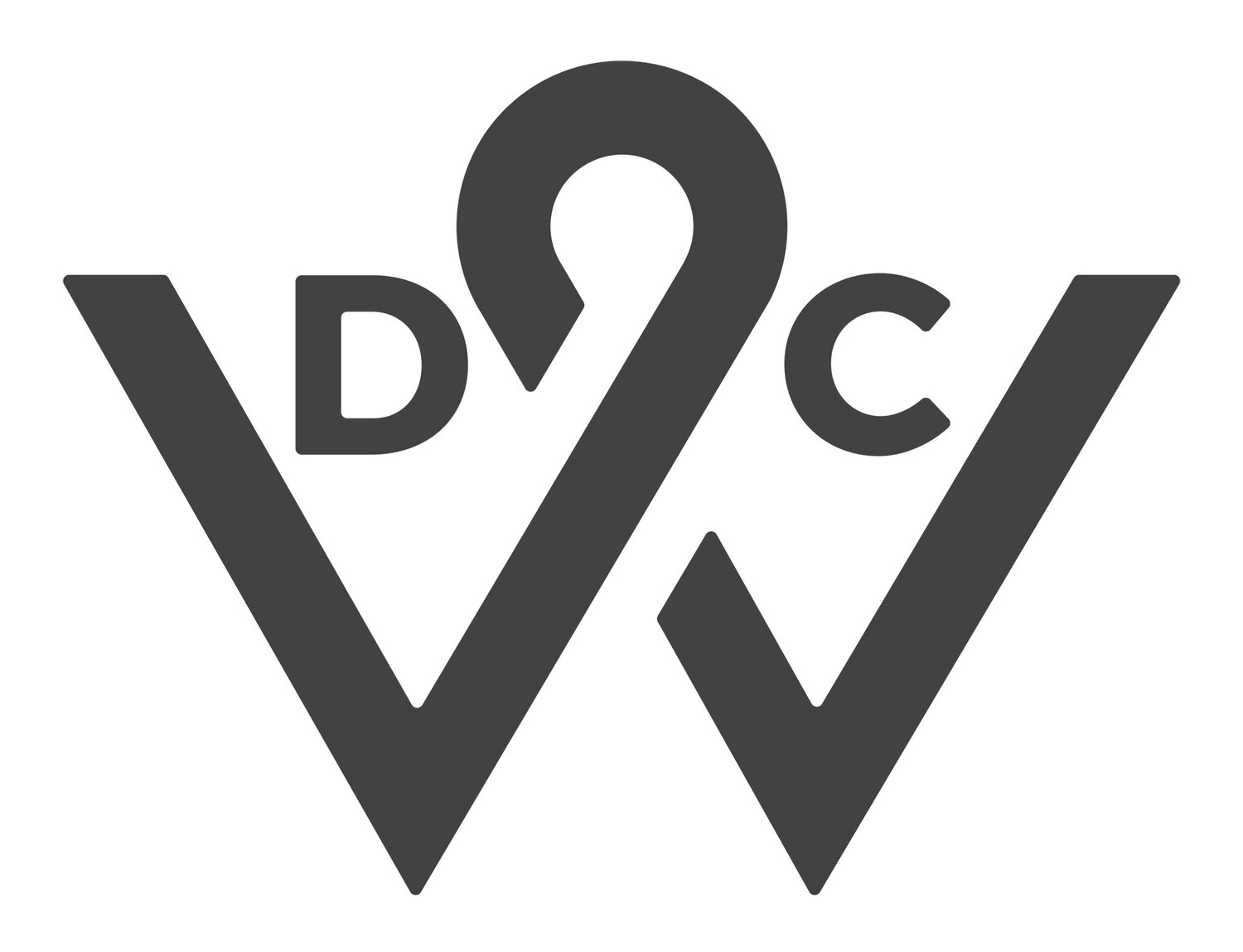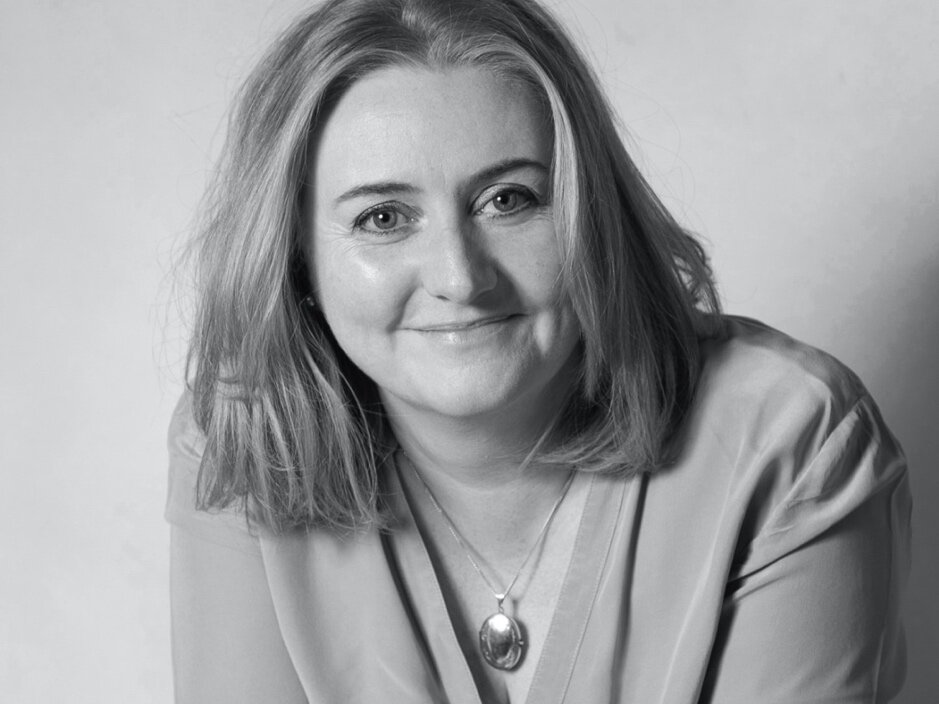Lessons from Specsavers’ IHA
by Patrick Burgoyne
Inside The Agency at Specsavers
The In-House Agency Leaders Club was created by WDC and ex-Creative Review Editor Patrick Burgoyne. It exists to support and bring together leaders of in-house agency teams (in-house leaders can join the group here).
In addition to events and research, IHALC will publish regular interviews with agency leaders where we look at how different members of our community are addressing common challenges and driving the in-house community forward. The first of these, published on Linked In in December 2020, was with Nicola Wardell, MD of The Agency, Specsavers’ in-house agency.
It’s our pleasure and privilege to kick off 2021 by bringing this hugely insightful interview to the WDC blog.
Nicola Wardell, MD of The Agency at Specsavers
Nicola has been at Specsavers since February 2020. In a long and distinguished agency career, she was previously Chief Client Officer at Havas and Managing Partner at Grey London.
Guernsey-based Specsavers has had an in-house creative function since 1988. Under former Creative Director, Graham Daldry, who joined in 1999 and wrote the famous “Should’ve gone to Specsavers” line in 2002, it has produced some of the most notable campaigns from any IHA. When Daldry left the business in March 2020, Specsavers’ in-house team had grown to 90 people, encompassing everything from data analysis to retail interior design.
We had so much to ask Nicola that we have decided to split the interview into two parts. In Part One, here, Nicola tells us about the shift from agency to in-house, the development of Specsavers’ in-house team from creative department to full-service agency, and creating a culture and processes that serve the business best. Part two coming soon
IHALC: When you were thinking about this role, what was it that attracted you to it? And what kind of preconceptions did you have about it?
NW: I think the ability to influence the clients is greater. I've always, like I’m sure most agency leaders, believed that what's best for your client, is best for the agency. But there are sometimes the inevitable conflicting agendas. So, the thought of just being able to be 100% single-mindedly focused on what's the right thing for that brand, and the business with nothing else getting in the way, was really appealing.
I think the other thing is, ( and maybe this is just a personal thing), as I’ve got older, making a positive difference through the work I do has become more important. So, the Specsavers brand was a real draw to me. I remember when the job description came through, I said to my husband, ‘Oh my god, this is like my dream job’, because it's doing what I know I can do but in a client-side organisation, for a brand that makes a difference. Our brand purpose is all about making a positive difference to the lives of all through sight and hearing. Throughout my career I’ve done the confectionery, the snack foods, the booze, all great fun and still important work. But what we do here as an organisation really does impact people's lives properly. And that meant a lot to me. It really is quite a special business. It's still family owned and it has a great culture.
IHALC: For those people who aren’t familiar with Specsavers, can you explain a little about how the in-house agency function has evolved there?
NW: We’ve had an in-house creative department since 1988. It started as, effectively, a studio that sat alongside the marketing department. But I suppose the shift came when those creatives started to generate ideas as oppose to just execute. And the conceptual work continued to be done out of the marketing department, as opposed to using external creative resources. When Graham [Daldry] joined he was really passionate about making a kind of geographical shift, in that the creative department sat separately from marketing, and for a period of time they moved to another building. They wanted to build a creative culture and make themselves distinct from the marketing department.
Under Graham’s tenure, the creative product really started to shine. We launched the ‘Should have’ campaign, which competes with any brand campaign out there for cultural impact and overall effectiveness, and is clearly brilliant.
Up until last year the team functioned very much as a creative department – conceptual teams, designers, digital capabilities and a studio. In the last year, I think we've evolved from being a creative department into an agency, so our model is now much more similar to what an external full-service agency might look like.
IHALC: How do you maintain that distinctive creative culture at The Agency but not in such a way that people don't feel close to the rest of the business?
NW: It's a really fine line. We’re still in a different space, but we moved into the main Specsavers building. However, it’s very much a distinct area.
People now refer to us and our space as ‘The Agency’ and what’s great to see is our clients will choose to spend time working alongside us, because there’s a different sort of feel and working atmosphere. Critically, it looks different and it feels different from the rest of the business.
The Agency team have got a control over the environment, we just have to exercise that control in a way that works with the rest of the business.
IHALC: Some IHAs have gone so far as to actually brand their agency separately. Do you think that's necessary? Or does it depend on the culture of the business itself?
NW: I will always be driven by what the business needs from us. Ultimately, we are here to serve Specsavers, the brand and the business. So currently, the shift from just being a creative department to simply being referred to as ‘The Agency’ works. It's straightforward. Everyone knows who we are and what we do.
IHALC: A lot of businesses start with a creative services department and then try to become a strategic, creative agency partner, but it seems that with Specsavers it was the other way around?
NW: Yes, it’s almost the opposite. It's because we've never relied on an external agency to help set the direction of the brand, and we've never given an external agency ownership of that brand. However, we've got great agency partners. So, we partner with Manning Gottlieb as our media agency, Tangerine as our social agency, as well as Proximity who have partnered our CRM team for a number of years. So, whilst owning the brand and its development is super important to us, when we need to augment our skillset, then partnering with external agencies is the right thing to do.
IHALC: One issue that IHAs often have is in building effective processes to deal with work requests in a way that means they don’t get overwhelmed and that clients have transparency. How does Specsavers work?
NW: It’s got to come with the relationships at the top, hasn't it? Like any good client and agency relationship, it’s quite straightforward - clarity, collaboration and communication. When I joined there were no account handlers which I think was affecting perceptions around our delivery. And I wanted partnership to be at the heart of what this agency is about, we are here to partner our colleagues in marketing – it's not a service, it's a partnership. So I've created the client partnership team which answered a need and set the right sort of tone for our relationships.
In that team we’ve got a really good combination of people who know the business inside out and those that are bringing outside learnings in. One of my client partners has been in the marketing department for 15 years, so she's already the trusted influencer you really want your client partners to be. Another of the team has just joined us from a four-year stint in Australia: she’s worked in a range of great external agencies, and is bringing a different perspective and skill set in. I think getting this combination really matters for us.
IHALC: Have you noticed that the nature of the briefs is different in-house?
NW: The big briefs are exactly the same. But what's different is the level of small, reactive briefs that we get through. There's a lot of content-first briefs coming into the agency, particularly driven by Covid. We have had to be much more reactive to consumer sentiment, what's happening out on the high street, and therefore evolve our comms to reflect that.
IHALC: And in terms of how work is evaluated, and the KPIs, you use, the processes that you use, how's that different to your previous experience?
NW: There are lots of similarities. So we have brand tracking, we do pre-testing in exactly the same way, but it is proximity to the results that’s the game changer. I've always felt [at an agency] there’s been a bit of distance or at best a lag, between the results and the agency team. Whereas we are privy to the business results every week. You can very easily track what impact your work is having on the business when you are so very close to it.
Specsavers also has a huge focus on its people. We’re all evaluated not just on what we do, but how we achieve it. So, like any leader within Specsavers, I'm also evaluated on how I deliver against our people agenda. So that's a huge amount around staff development, retention and training. I’m not just being judged on the work. I’m being judged on how I’m operating from a people perspective, which is a bit of a shift.
IHALC: Do you have an internal recharging model?
NW: Yes, it works exactly the same way as it would on most external accounts – on a % of time basis. We service the UK, Nordics and ANZ marketing departments and then there's various other stakeholders that need us to deliver for them at a group function level.
So they will estimate what they’re going to need from us, we estimate the people needed to deliver and that becomes a cross-charge. So it's really, really simple.
The big difference is that I have one conversation about that at the start of the year. And that's it. If I think back to how much of my time was spent in external agencies talking about the numbers, and the budgets, that conversation just doesn't exist at all. So it means the Specsavers business is utilizing me to focus far more on the work and the people than it is on any numbers conversation. And for me, that was a massive shift and a delight, quite frankly.
Part two of this interview with Nicola is available on Linked In here.
You can join the In-House Agency Leaders Club group here, where we will be sharing expertise, comments, insight and news of upcoming events for this community.


